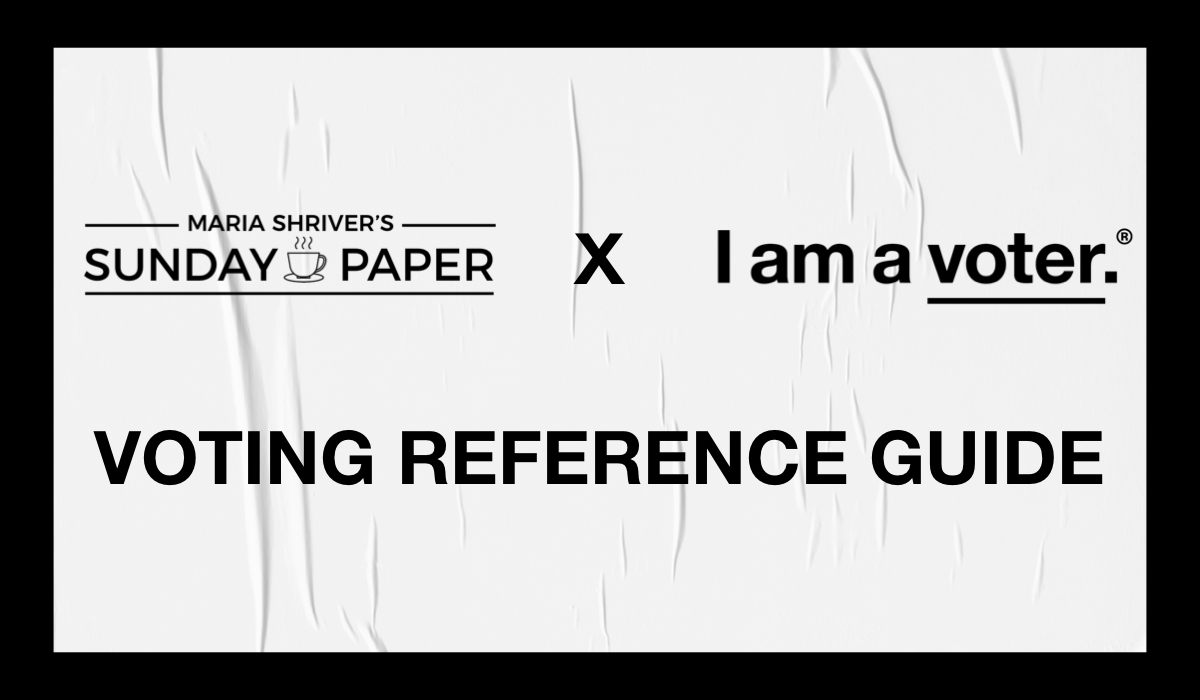4 Ways to Vote This Election Cycle
- Absentee Ballot: Voters need to apply to get a ballot mailed to them at home. ALL states have absentee ballots with some requiring a valid excuse in order to vote by mail.
- Mail-In Ballots: No need for an application, registered voters automatically receive ballots in the mail (this year, this will happen in Colorado, Hawaii, Oregon, Utah, Washington, California, Montana, Nevada, and New Jersey).
- Vote in-person on November 3, 2020: This is what a lot of people are accustomed to doing on an election day. At some point during the day, you will physically go to the polling place and cast your ballot. This year you still have that option. Even during a pandemic, polling places will be open and ready for you to vote safely. REMINDERS: confirm your polling place, bring hand sanitizer, and wear a mask. Some states require voter identification – click here to see the rules in your state. If you are able, consider volunteering as a poll worker.
- Vote EARLY in-person: 40 states and the District of Columbia allow for early voting. Early voting allows registered voters to cast their ballots in-person prior to election day. If you choose to vote early, there may be shorter lines, less congestion at the polling places leading to less concern regarding the pandemic. Early in-person voting may also limit the burden on the mail system in this election cycle. Click here to see if and when your state offers early voting for the general election in November.
- Use a mail-in/absentee ballot and mail it back through the USPS: All 50 states allow for some form of absentee/mail-in balloting. There have been adjustments made to some requirements because of the pandemic – click here to see the updated list. Five states – Colorado, Hawaii, Oregon, Utah and Washington – conduct all-mail elections where every voter receives a mail-in ballot by default. While some states require voters to provide a valid excuse to vote absentee/by mail, others allow any eligible registered voter to cast an absentee/mail-in ballot.
- Use a mail-in/absentee ballot and drop it off in person at your county election's office, an Election Day voting location or a secured drop box: The procedure for getting your mail-in ballot is the same as #3, however here are three other ways to return your ballot rather than mailing it back. First, almost all states allow voters to returned a completed absentee ballot in person to the office of the county election official (or city clerk). Eleven states plus DC allow voters to drop off ballots at voting locations (early voting or Election Day). Click here to see if your state allows this. Several states have ballot drop boxes where voters can return their signed and sealed envelopes. Around ten states currently use drop boxes, but this may expand before Election Day because of the pandemic along with the uptick in mail-in ballot requests. States like Washington, Oregon, and Colorado have relied on drop boxes for years. However, some states, like Tennessee still don't allow drop boxes. In California, the county elections office will announce locations of drop boxes at least 30 days prior to the election (here).
Please note that we may receive affiliate commissions from the sales of linked products.



